The Goodwood Estate in England was made famous 200 years ago by Goodwood, the premier horse racing club, and recently, Goodwood has been transformed into Goodwoof, a major dog festival that attracts celebrities from the global pet world.
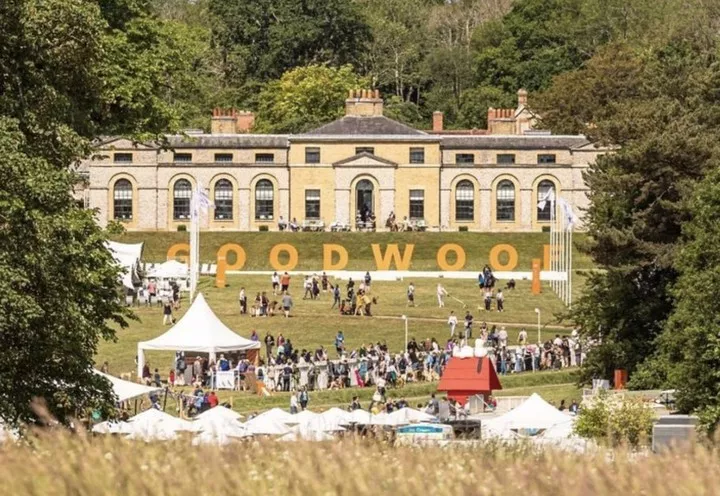
The inaugural festival was a two-day event, with tens of thousands of people filling the property with more than 10,000 dogs of all breeds and sizes.
The world's top canine athletes come here to kick off events; canine behaviorists, veterinarians and trainers conduct free animal health seminars; lectures on dog pop culture, exhibits honoring historic heroes dogs, and a plethora of games, food, movie theaters and other social events are held here intensively.
By now, Goodwoof has also become one of the most famous pet events in the world.
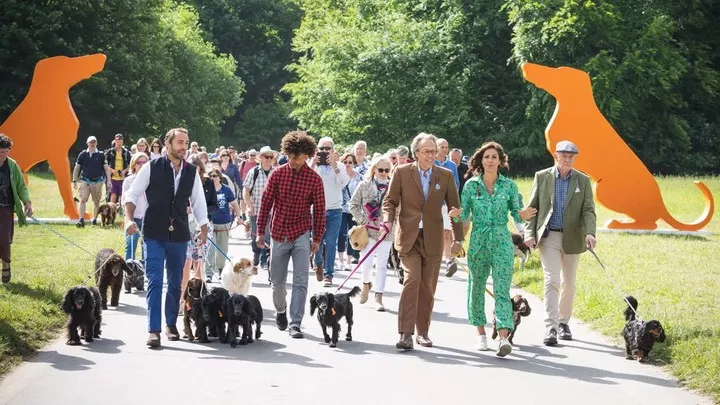
Next, straight into the most talked about part of the festival - the 'House of Dogs Design Awards' Barkitecture.
The well-known Foster Partners, Rogers Stirk Harbour Partners, and former Apple chief designer Jony Ive's new firm LoveFrom are all competing for the job.

The final auction of their competition entries raised £30,000, all of which was donated to the pet charity Dog's Trust.
These innovative kennel buildings reflect our growing relationship with our dogs.
What is more noteworthy behind the scenes is our long-standing neglect of pet home design.
A doggy class building contest, an explosion of creativity!
Work completed by top architectural teams from around the world was sent to Goodwood Manor to be in the running.

The entries are designed, built and sourced in an open-ended process with a budget of no more than £250, all with the intention of making the entries more grounded and at the same time universally accessible.
There were 17 finalists, all of which were up for auction, and we've selected 10 unique and innovative ones to share (the winner will be revealed at the end).
[Avant-Garde House Dome-Home]
Design Team: Foster + Partners
It was also one of the most talked about entries in the competition, with Foster + Partners calling in British furniture maker Benchmark to hand-build the house from cherry wood.
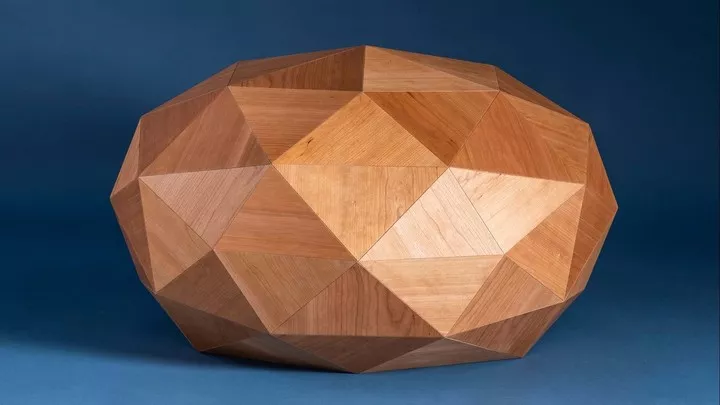
Its exterior is geodesic in structure and takes on a wonderful geometric shape, resembling a glowing polygonal prism and an 'alien egg'.
Directly in front of the house, there is a rectangular opening, which is also the entrance to the dog's entrance, and all the space inside is wrapped in removable sheer fabric.
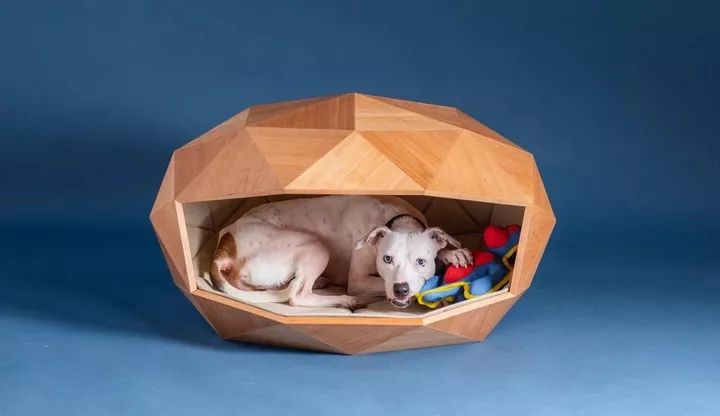
The avant-garde and bold style is very "Foster + Partners" at first glance, and the visual novelty is its biggest highlight.
The downside of the beauty is the slightly chosen squeeze space, although it looks secure, it may not be suitable for all dogs as they can't even stand up in it, but it may be suitable for Corgi (no offense to Corgi).
[House of Diversity The Nook]
Design Team: Stanton Williams
This is a dog house for urban beat workers.
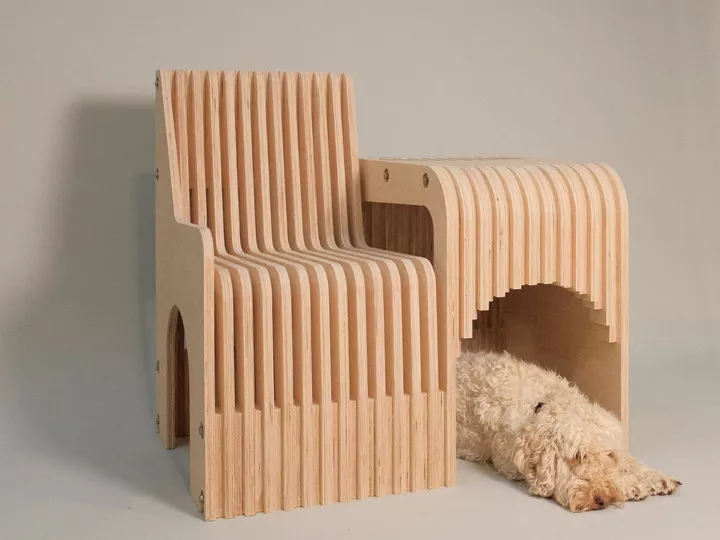
In our 20-30 square foot rental house, every inch of space counts and every square meter is expensive, so the dog house was designed as a multi-functional 'furniture complex' - it's a chair, a table, and a dog house all at the same time.
Also, it can be easily disassembled and assembled, and most importantly, the dog can squat on the table or lie under it, so owners can stick and kiss on top and jerk their heads off without getting tired.
It's a case of 'killing multiple birds with one stone'.
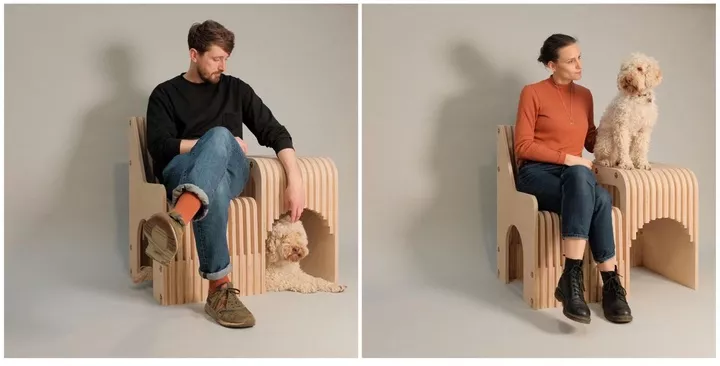
[House of Simplicity Love From]
Design Team: LoveFrom
This is the work of Jony Ive, former chief designer of Apple, in collaboration with Marc Nelson.
They broke the concept of a traditional dog house by simplifying the structure of the house into an open shelter, then supporting the prongs with a plastic material, a soft quilt on the bottom and a stainless steel dog bowl added outside the house.
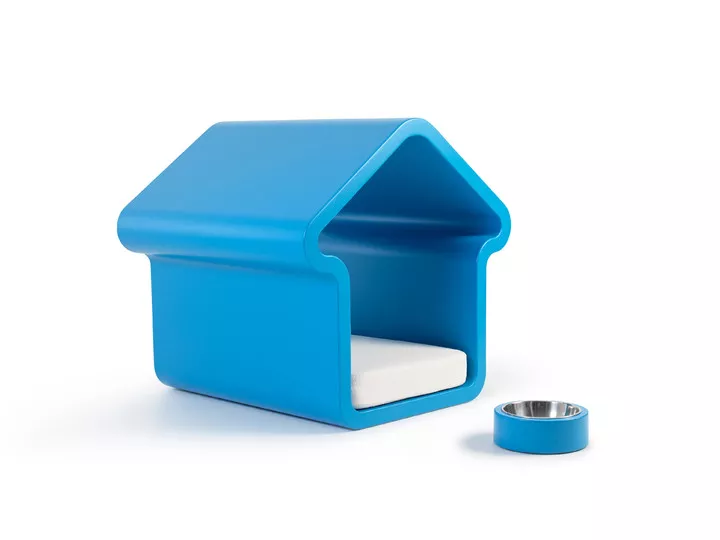
Still the familiar clean, smooth geometric lines and soft edges just look extremely comfortable.
I'm tempted to put another Apple AirTag around my dog's neck just to make him fit in better.
[The Doge's House]
Design Team: Linley
It was the highest priced doghouse in the auction at £6,000. It was followed by Foster + Partners at £4,600, and the third highest priced auction was LoveFrom at £3,800.
Price doesn't exactly define the piece, it's just that in complete contrast to LoveFrom's dog houses, Doge's House is gorgeously and intricately made and can be much more expensive to build.
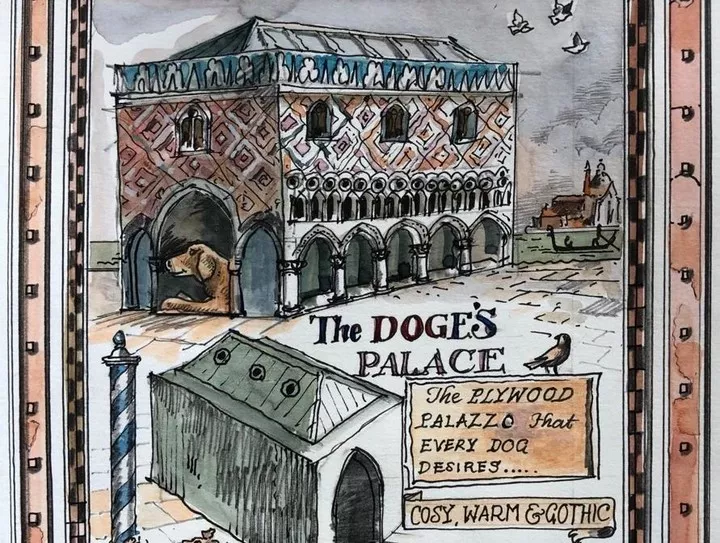
It takes the Venetian Doge's Palace as its inspiration for the same Venetian Gothic-style decor, and also pairs it with a luxurious and classy interior that looks both spectacular and premium.
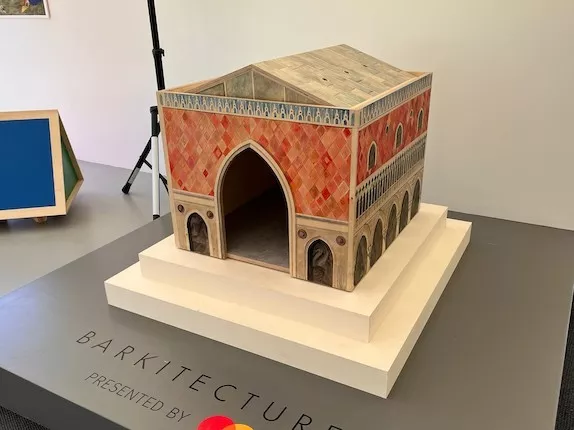
Perhaps the dogs' future matchmaking, the "mansion of the dog class", will somewhat prove the strength of the family behind it.
[House of the Future Dog Pod]
Design Team: Rogers Stirk Harbour Partners
It's inspired by Star Wars and the team says it's designed for the 'space dog' of the future.
There is a hexagonal panel down directly in front of the doghouse that turns into a 'starship style boarding ramp', making it look more like a boarding barn now.
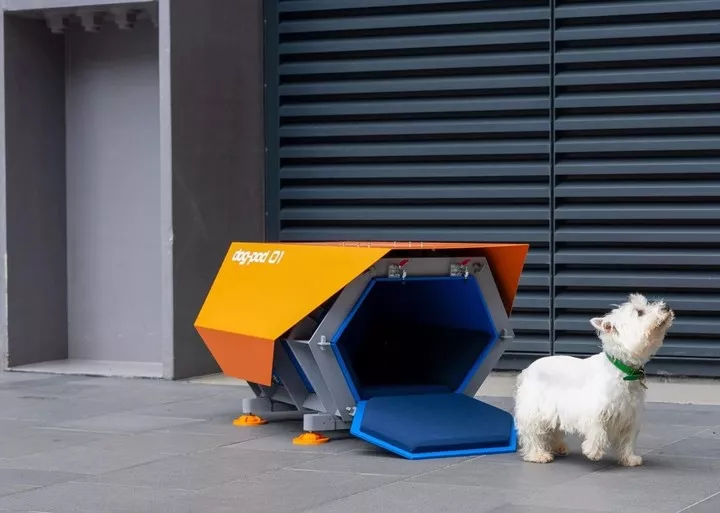
The exterior has an aluminum shell cover that creates a natural shade canopy and four elevated structures under the feet that can be lifted to keep the doghouse cool underneath in the summer through airflow and warm in the winter.
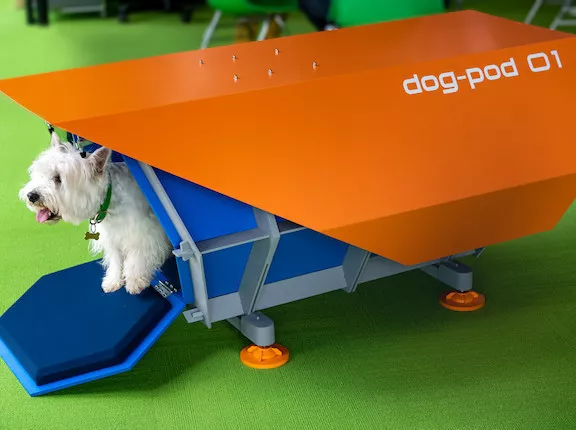
Here's where the Dog Pod innovation comes in: it effectively solves the dog house temperature problem.
After all, not every dog's dog life has air conditioning to blow in the cold and heat.
[Harmony House Doggy Dome]
Design Team: Alice Wilson
What makes this dog house special is that it's a great little den for multiple dogs.
She has a small greyhound and a long-legged Whippet, and in order for them to share a litter, Alice uses half-round strips of wood of different diameters that intersect to form two overlapping hemispheres, one large and one small.
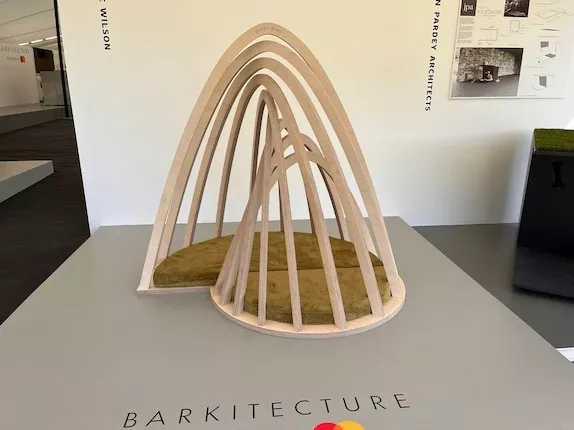
The little greyhound can go through the front door into the small door and sleep in it, while the Whippet can only go into the front door, so both dogs can sleep well and peacefully in different spaces, avoiding the confines of the space.
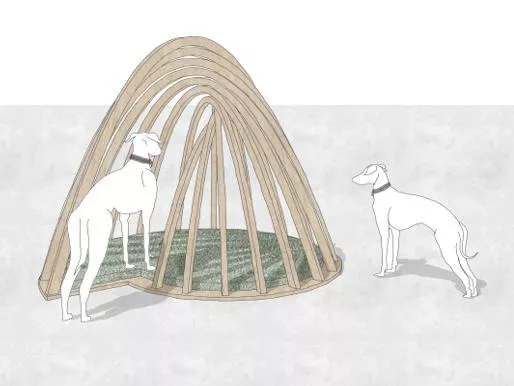
It's equally easy to assemble, and each person can choose different strips of wood to customize it to their dog's height.
Now, every doggie can be at home.
[Freedom House Le Dogular, the Zero Waste Kennel]
Design Team: Hopkins
2019 coincides with the centenary of the Bauhaus movement, the modernist style behind which took the world by storm, the design that highlights the essentials, the pure minimalism that still influences generations today, including the architects of Hopkins.
Their zero-abandonment kennel was filled with dog lovers, and it was during this year that the team pondered how Le Corbusier, the initiator of the Bauhaus movement, would have designed the kennel if he were still around.

So, they built this dog house based on this emphasis on geometric shapes, exceptionally harmonious proportions, and privacy and comfort as core principles.
It's bold and simple, clean and crisp, each can also be personalized with their favorite colors, and the plywood is affordable, lightweight and quick to assemble.
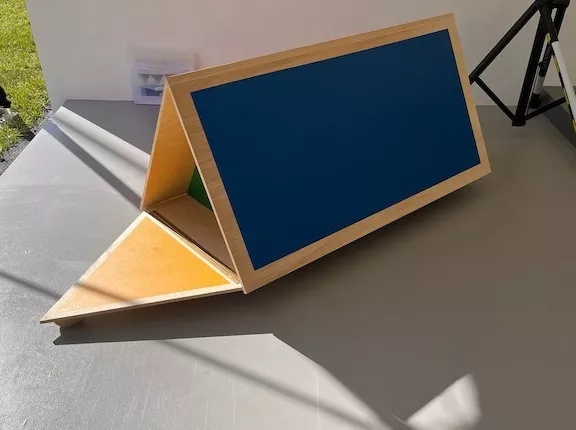
It's an unrestricted free dog house, so to speak.
[House of Power Alfie's Attention]
Design Team: Joseph Ellwood, Six Dots Design
This doghouse is even wilder.
It's a polyhedral shape with a pine construction that looks like an interstellar probe, and is actually designed to satisfy a dog's curiosity and challenge in its own right.
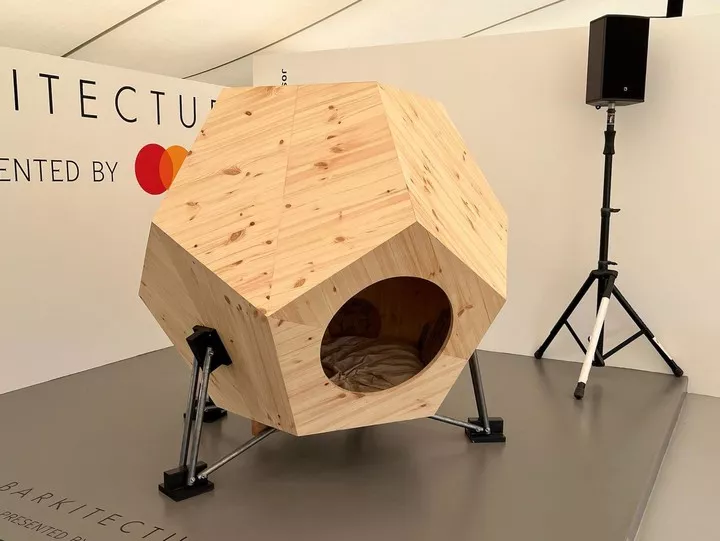
The design team includes Alfie, an energetic Spaniel, whose owner can freely adjust the height of the doghouse, set a threshold for the dog to leap through, and the doghouse roof is empty, and the owner can set small challenges to get treats, etc. from the top to train the dog's sense of smell, dexterity and patience.

This dog house can be an exciting and fun experience for more curious dogs - after all, there may be a hunter hiding inside every dog.
[House of the Heart One Woman and Her Dog]
Design Team: Hawkes Architecture
"Many people design dog houses, often ignoring the real needs of the dog," says Hawkes Architecture.
They also had a puppy, Star, during the epidemic and had planned to make various crates and nests for him to sleep in, but in the end the dog preferred to sleep on the bed, "In fact, what every dog desires most is to be near his family."
In the end, they went straight to designing a dog 'caravan', a dog house made entirely from waste, built as a mobile caravan in which the owner and dog can have fun together.
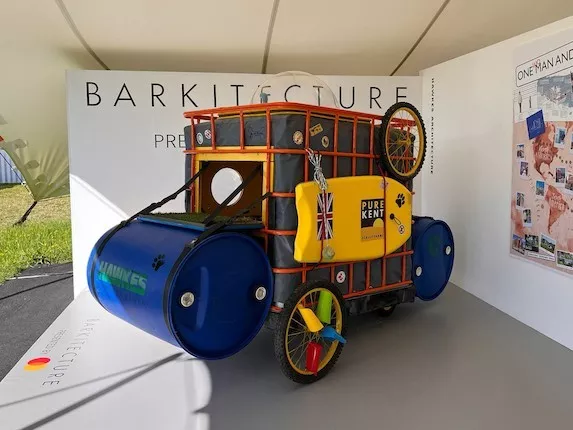
With two water buckets on either side of the RV, this RV can also be a short-lived shelter when owners and dogs parade anywhere in it, with clean water still available in the buckets.
Making the building a fun space for people and dogs to run in both directions is probably what makes it brilliant.
The room that knows the dog's heart best is probably this one.
【Longtime House Bonehenge
Design Team: Birds Portchmouth Russum Architects
As is customary in all competitions, the winner is revealed at the end.
Yes, it's here, and this dog house designed by Birds Portchmouth Russum Architects is number one.

It was made for Illy, an English Cocker Spaniel who joined the construction team in 2014 and brings endless joy and energy to the office staff.
So, they built this little wooden house for Illy. The entire house is made of a combination of bone shaped wooden strips, light and airy, so the dog can enjoy plenty of sunshine inside, and made of materials so strong and sustainable that the team says it "won't break down if it lives for 50 years" - looks like it has the potential to be a family heirloom.
Interestingly, it has a water collection tray on top designed to hydrate Illy whenever he is thirsty, and to collect fresh rainwater for stray dogs when this dog house is outdoors.
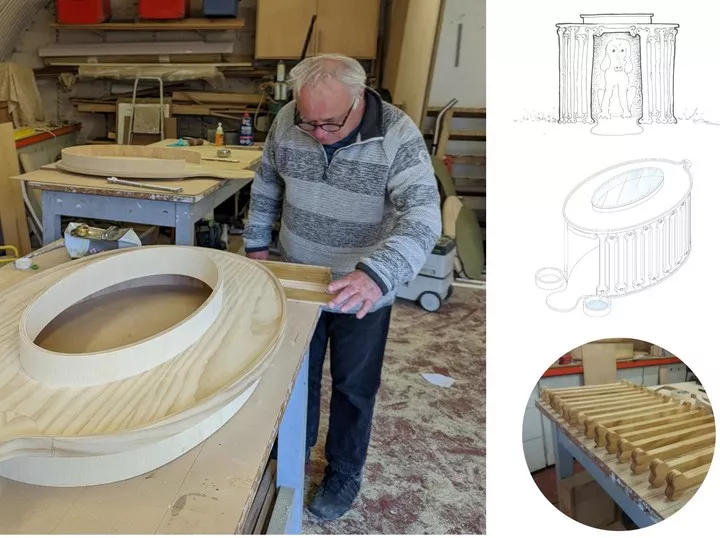
The judges also considered several criteria when scoring the entries, such as superb design of the exterior, sustainability of materials and use, consideration of the dog's sensory and lifestyle needs in a holistic manner, etc.
In fact, each has something to offer, but it's hard to get everything right.
The design of these Dog Houses is actually a microcosm of human housing.
Inward is the dog's living space, outward is our living space, and in this seemingly restricted miniature building, it's actually more likely to collide with unexpected inspiration, it's just not simple to practice.
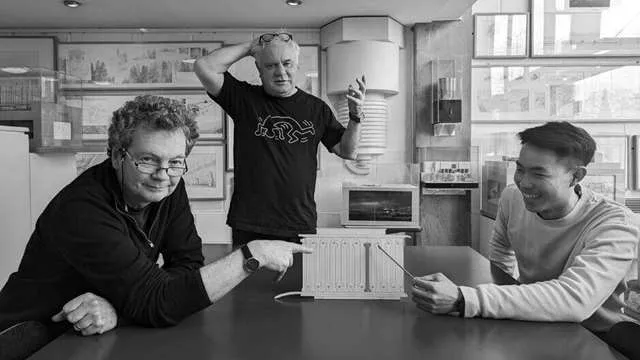
As dogs and humans grow closer, we can also be inspired to live more with our pets by these design ideas.
Architecture needs to be 'dog-oriented' too
For centuries, the British have tended to put their dogs above everything else.
Charles Richmond, Duke of Richmond, said, dogs have been an important part of their family for centuries, and they can always be seen in family photos of every generation of dukes.
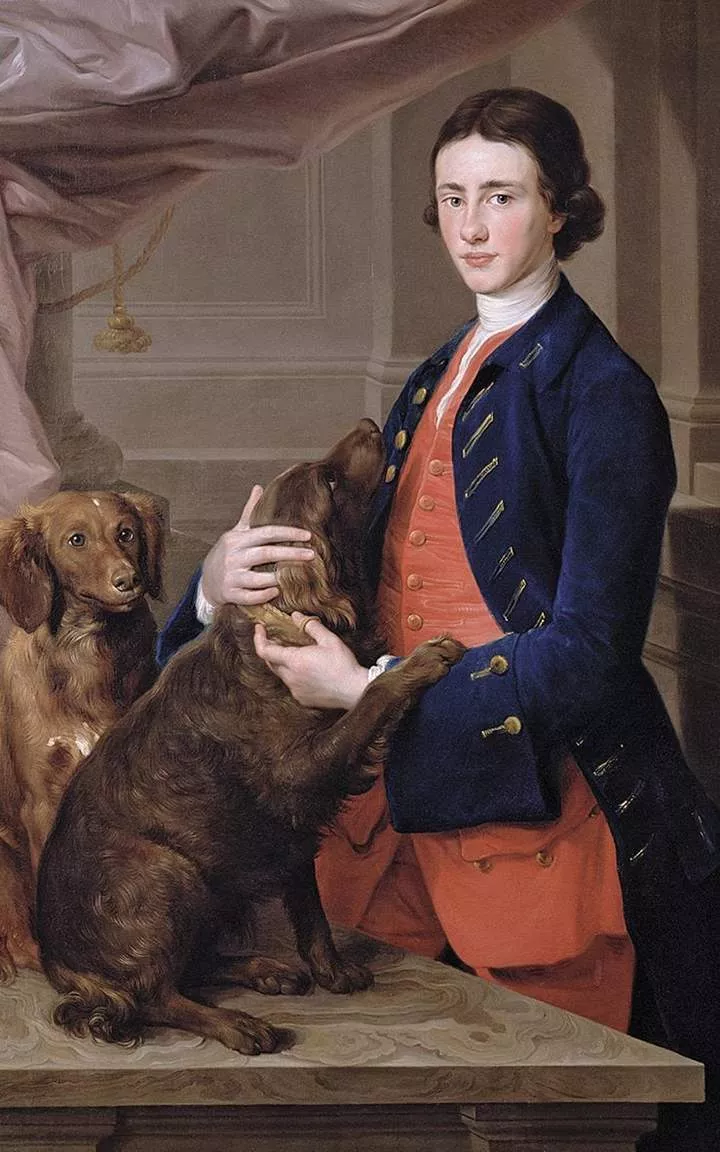
▲ Portrait of the 3rd Duke of Richmond and his Cocker Spaniel
In 1787, the third Duke of Richmond built a house for his dog, The Kennels, and installed a 'central heating system' in which servants built a fire outside the house and the warmth was transferred to the interior through large metal panels set into the walls, The Kennels was then also [called] 'the most luxurious dog house in the world' (https://www. telegraph.co.uk/luxury/mens-style/introducing-goodwoof-lavish-new-festival-dogs-duke-richmonds/).
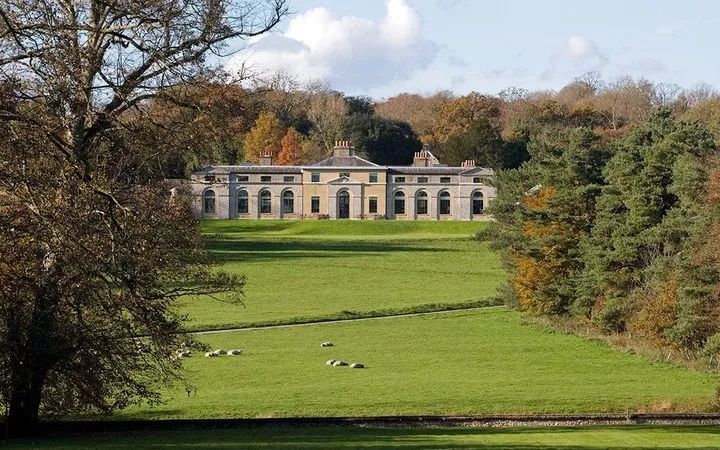
▲ The Kennels is now a members club CREDIT - Clive Boursnell
As man's most loyal companion, dogs have been a part of our lives throughout history and now.
Avery Consulting's "2021 China Pet Consumption Trends White Paper" also shows that in 2020, the market size of China's pet industry will be nearly 300 billion yuan, and in 2023 it is expected to rise to 445.6 billion yuan.
The number of young people with pets is increasing and growing rapidly.

▲ Image from: thehustle.co
But while we may be used to most things in the living space shared by dogs and humans, many of them may be places where dogs are upset or even distressed.
For example, dogs like to live inside a hole than cats who like to wander around and climb, they have their own emotions and need their own personal space.
For example, the hilarious time of year when fireworks go off in the sky on New Year's Eve is exactly the time when dogs are shaking with fear and barking loudly because they have a keen sense of hearing and can hear sounds four times further away than people. They are very afraid of noise.
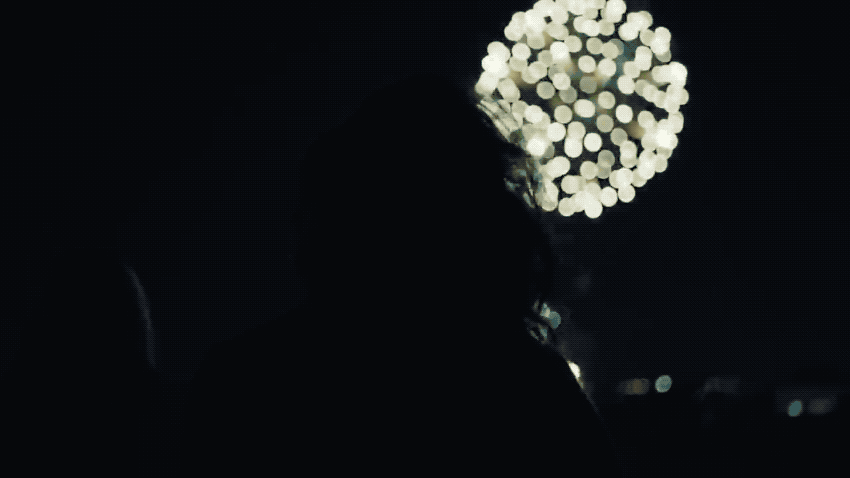
For example, dogs are not sensitive enough to color discrimination and can only see a portion of the wavelength range of colors, blue, gray, yellow, etc., so the colorful environment we go to the trouble of creating for them, doesn't really mean much.
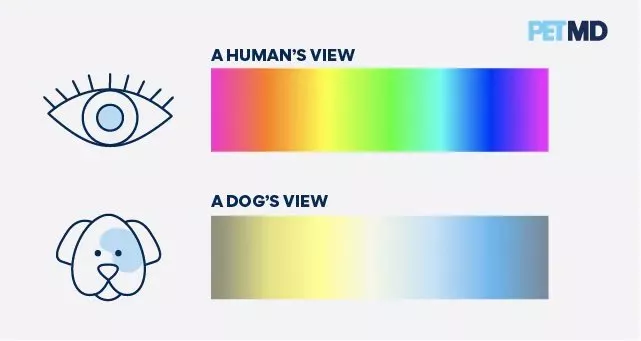
'People love pets in large part because they accept themselves unconditionally', American psychologist Harold Herzog once said, and dogs not only accept humans unconditionally, they are equally dependent on them and are used to receiving everything we give them.
Dogs have been passively adapting to the human environment since wolves were domesticated as friends of humans, and their homes, too, have become an appendage of human spatial design.
As more and more inclusive designs begin to improve our lives, perhaps we can make these little ones a little more comfortable to live with as well.
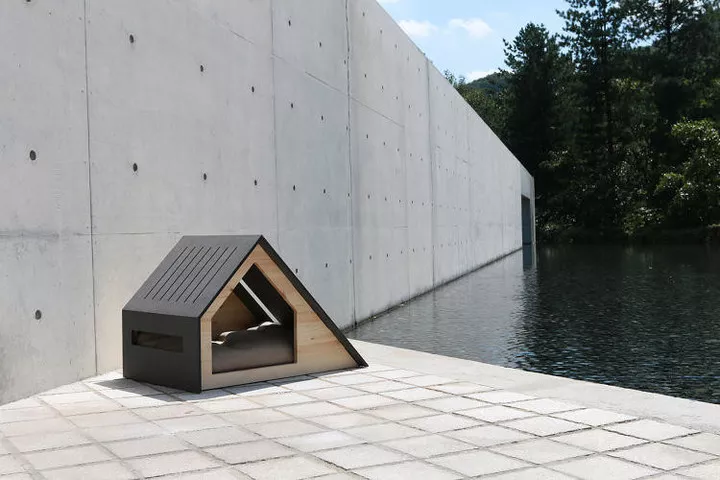
▲Korean brand Bad Marlon studio's home for modern pets
In fact, in recent years, it has been possible to see the concept of 'pet friendly' appearing more and more in our daily lives, in our travels, and in various pet products.
On a smaller scale - in 2019, Ford has used the car's noise-cancelling technology to create a noise-cancelling doghouse that protects dogs from fireworks and allows them to sleep through the New Year's holiday.

On a larger scale - last year, Anaya's southernmost tip [created an innovative 'kennel']. (http://www.archcollege.com/archcollege/2021/12/50325.html)
Through a staggered stacking pattern, the kennels create 30 'boxes' that solve the problem of dog-dog encounters that can easily cause conflict, and use a triangular silhouette to avoid dog-dog confrontation, with an interior design that is more conducive to independent living.
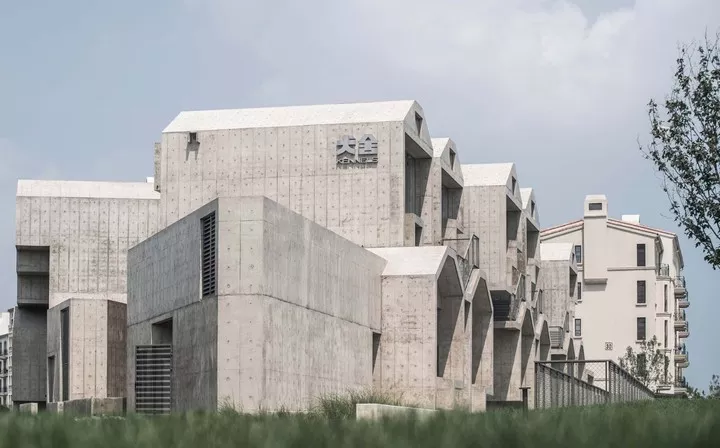
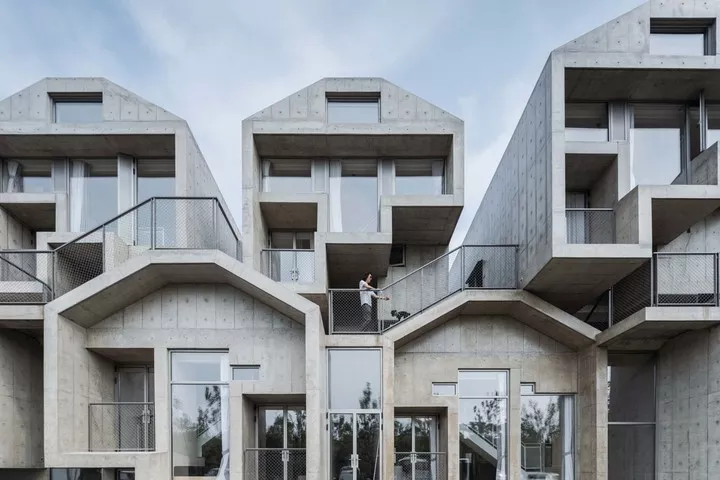
Going a bit further, on the back of pet-friendly design, Kenya Hara had launched a special project "Architecture for Dogs" in 2012 and continued to travel around the world for the next 10 years.
It has also helped many people to take their dog's living space back seriously.

Kengo Kuma, Shigeru Ban, Kazuo Seijima, Toyo Ito, as well as well-known architectural/design figures such as Ma Yansong in China, are all involved in this project.

They have created 16 architectural designs and made public a DIY drawing booklet for people to work together to create better homes for their dogs.
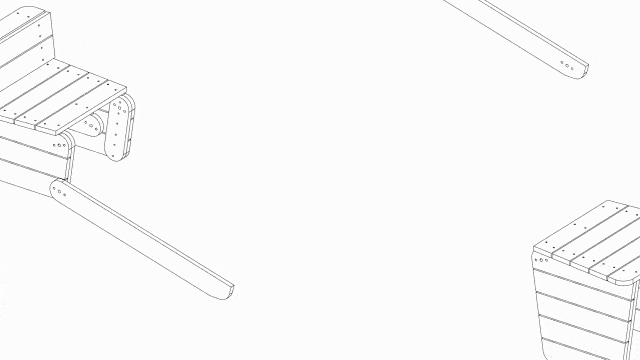
▲Dog Bark Studio Design
One of the key ideas proposed by the project is: balance of scale.
When Kenya Hara was seven or eight years old, he had a Japanese silver fox dog, Chibi. He made a wooden nest for Chibi, but Chibi never lived in it, but always lay on the roof of the hut. .html) because he could always see his master's eyes that way.
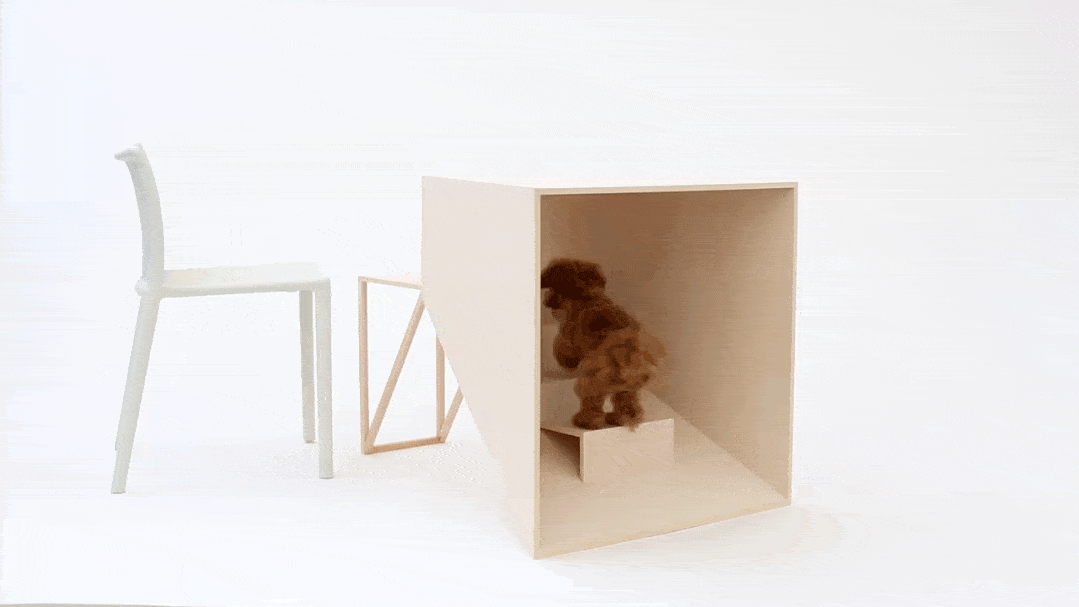 ▲ Kenya Hara designed the piece so that dogs can look at their humans flat, as most human-dog situations require them to look up very tiredly look up at their owners.
▲ Kenya Hara designed the piece so that dogs can look at their humans flat, as most human-dog situations require them to look up very tiredly look up at their owners.
Humans have always designed their surroundings according to their own yardstick, such as the height of stair steps, tables, chairs, doors, and other documents, all based on the premise of their own conditions.
Kenya Hara believes that if the environment is seen and imagined from the perspective and scale of a dog, it may be possible to open new doors for dogs, and for human architecture.
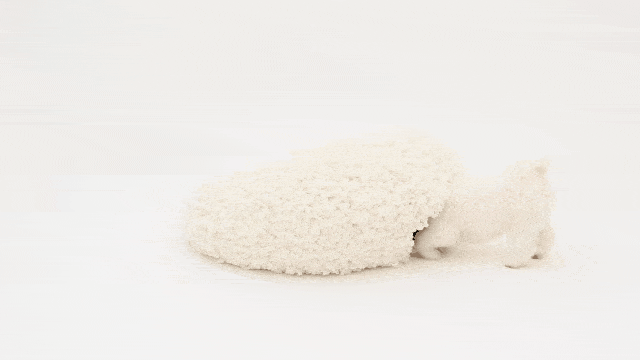
▲Meijima Kazushi Design
Indeed in reality, either we don't pay attention to the kennel at all, like in the countryside most of the time, and let our dogs sleep on concrete floors and in fields; or we have luxurious kennels for our dogs that look beautiful, or cute, or fun, but most of them are our wishful thinking and our dogs don't like them at all.
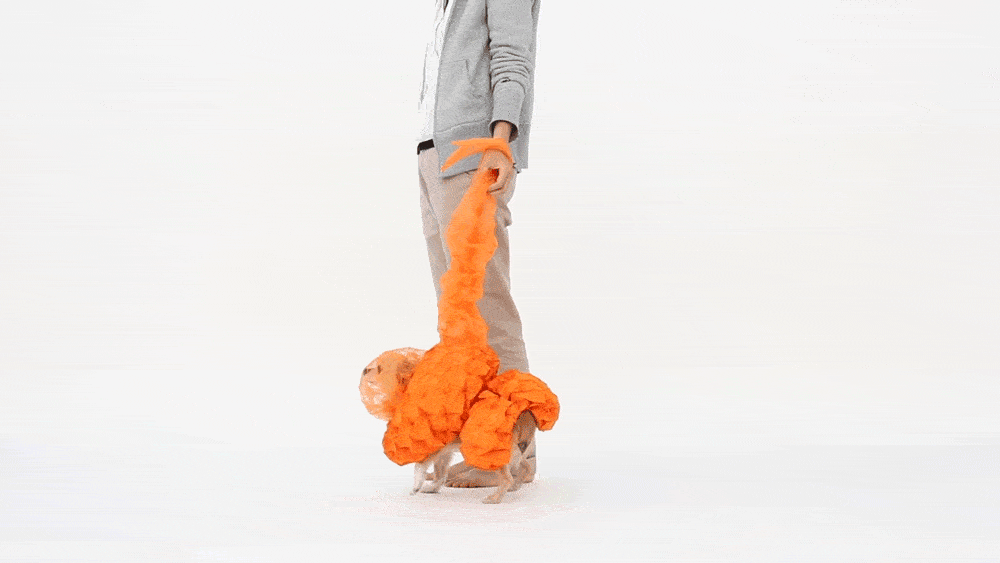
▲ Designed by Razor + Mebane Architects, New York
To design a good dog product, you have to really start from the "user's" perspective, that is, from a "human-centered" perspective to a "dog-centered" perspective.
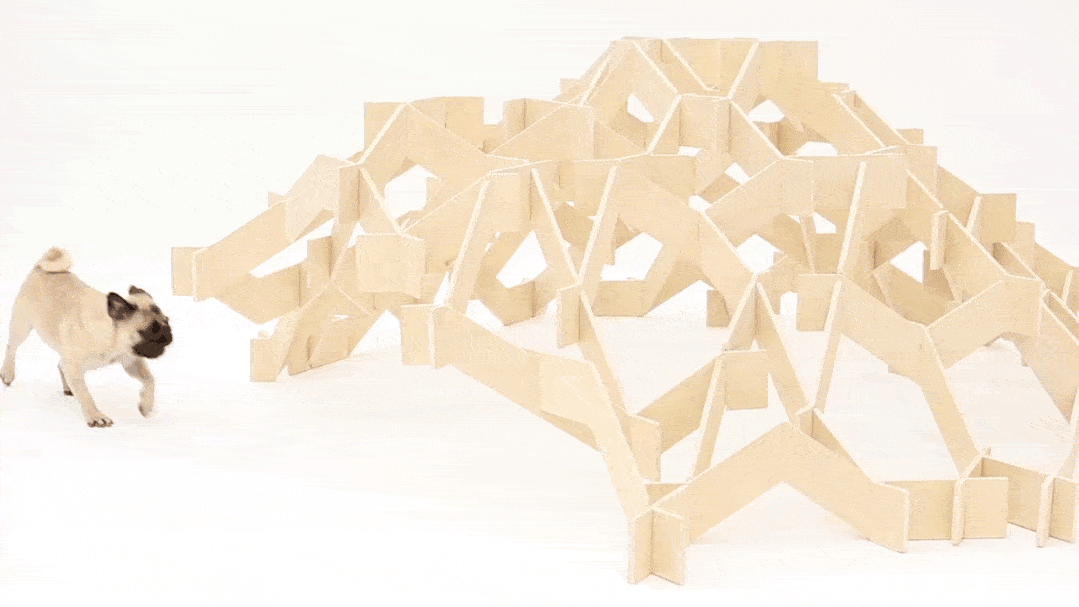
▲ Designed by Kengo Kuma
The dogs' living spaces, of course, are a microcosm of our living environment.
This shift in thinking and perspective is in fact more conducive to looking at the nature of product design and subsequently improving more accessible and inclusive designs that can be more convenient for both our pets and our own lives. So, by making it better for dogs to live in, we can also improve our living environment and quality of life. In fact dogs are happy in the buildings and environments they inhabit and our joy and satisfaction increases - it's just a frustrating point that any advancement that has little to do with the interests of humans themselves usually has to be driven from a self-serving perspective.
In fact, what's wrong with simply going into action and making our old friends a little happier?